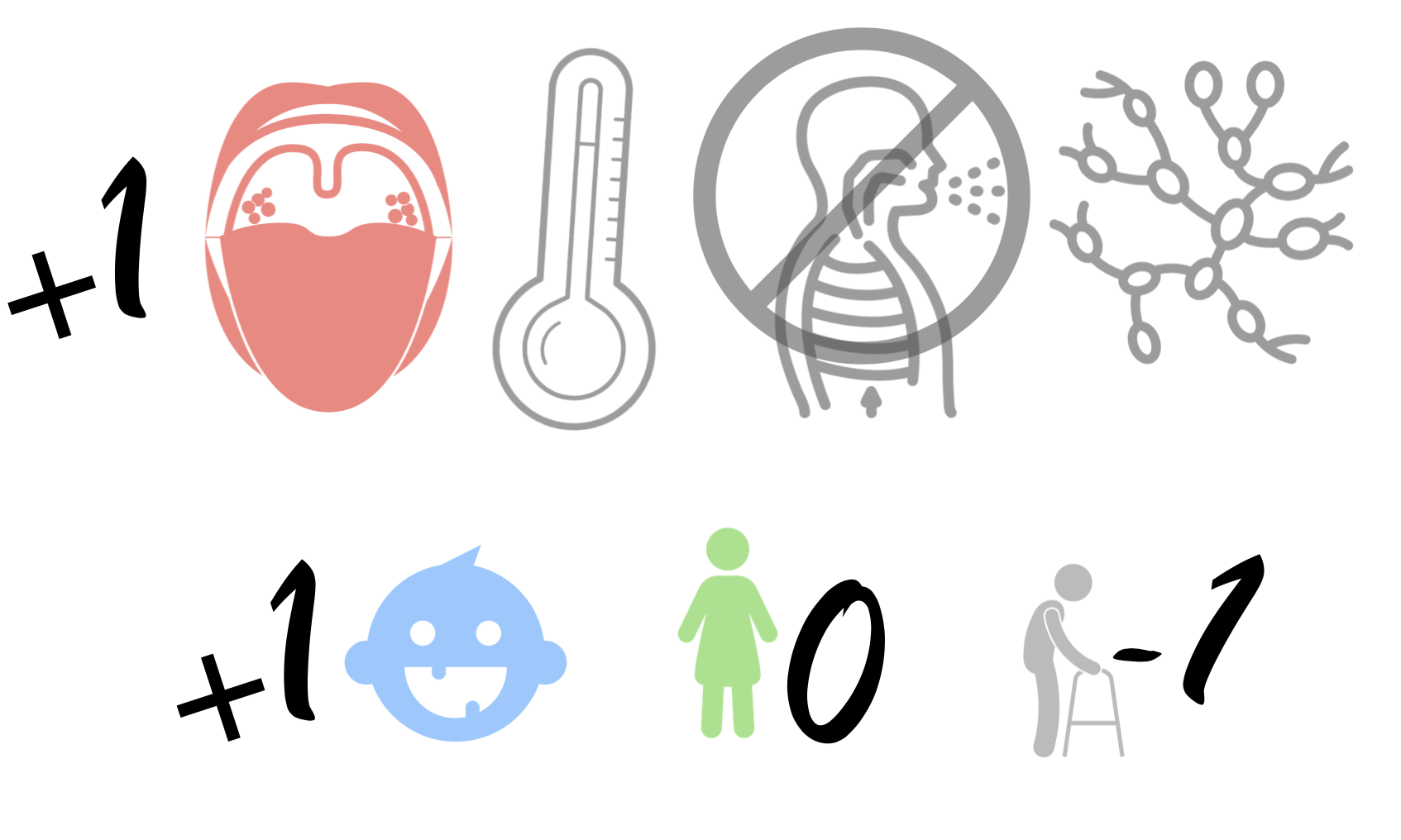Diagnostics: Flex your D Dimer
/In times of COVID, a Dimer of 3000 is nothing to look twice about, however there was an earlier (and future) time where the D Dimer is the hallmark of pulmonary embolism risk stratification. Dr. Comiskey breaks how how this once dichotomous tool has recent data to increase its specificity in elderly patients, pregnant patients and those with low pretest risk factors. Take a look, and when this whole pandemic is over your quiver will be fuller of Dimer tips.
Read More


















